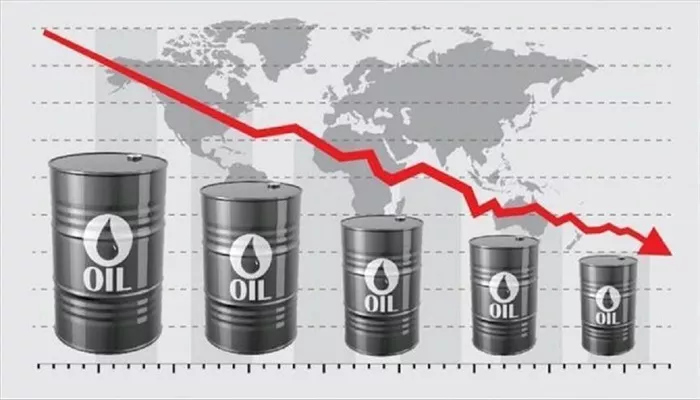Analysts from S&P Global and other institutions predict that crude oil prices may drop below $50 per barrel this year, hitting the lowest level since the pandemic. This decline is mainly driven by weakening demand growth.
The International Energy Agency recently estimated that demand growth for 2025 will be under one million barrels per day — the slowest increase since COVID-19 lockdowns. Meanwhile, supply is rising, particularly from OPEC+, which decided earlier this year to gradually restore production after two years of cuts.
Despite these bearish fundamentals, oil prices are currently climbing due to optimism surrounding ongoing U.S.-China trade talks and potential easing of export restrictions.
A U.S. official revealed that President Trump might relax chip export controls in exchange for China lifting new restrictions on rare earth exports, a key factor driving market volatility. This comes amid growing fears in the automotive industry of shortages in critical components.
Kevin Hassett, Chair of the White House National Economic Council, told CNBC that the two sides are expected to reach an agreement in upcoming talks in London, allowing Chinese rare earth magnets to return to the global market in normal volumes.
“Our expectation is that after the handshake, the U.S. will immediately ease all export controls,” Hassett said.
China’s restrictions on rare earth exports, imposed in April, have caused severe shortages in industries dependent on these materials, with automakers warning they could face production halts within weeks.
Related Topics:
U.S. Oil Production: Approaching Its Peak
Saudi Arabia Urges Faster Oil Production to Regain Market Share
Electric Trucks Emerging as Significant Threat to China’s Oil Demand

